
Henry Tudor, had a pretty tenuous claim on the English throne. His mother, Margaret Beaufort, was a great granddaughter of John of Gaunt (third son of Edward III), so he had only a smidgin of royal blood in his veins, but this was enough to make him the leading candidate for the crown for the House of Lancaster in the late 1400s.
Because we’re in the century of the Wars of the Roses, the country riven by conflict and the throne passing from Yorkists (white rose) to Lancastrians (red) and back again.
Then, in 1485, Henry defeats Richard III at the battle of Bosworth and becomes Henry VII, the first of the Tudor dynasty, a strong and capable king who unites the kingdom (through both savvy politics and violent suppression of rebellion), boosts trade and refills the nation’s coffers.
Henry’s father Edmund Tudor had been made Earl of Richmond in 1453. However, this isn’t the “upon Thames” version, but the one 200 miles away, Prime Minister Rishi Sunak’s constituency of Richmond, North Yorkshire, with its 12th century castle.
It was Henry – the 2nd Earl – who, in 1498, renamed the Royal Palace of Shene that stood on the Thames to the south west of London after his northern title, so it became Richmond Palace and the town around becomes known as Richmond.
This was a grand structure as the illustration below shows, and was a favourite of all the Tudors. Henry VIII hunted deer (the ‘Old Deer Park’ in Richmond are the original hunting grounds of the palace), Mary Tudor spent some of her honeymoon here and Elizabeth I, as well as going hunting, died at Richmond. The palace was destroyed after the Civil War, so that now only a few buildings remain, the most prominent of which is the gatehouse.
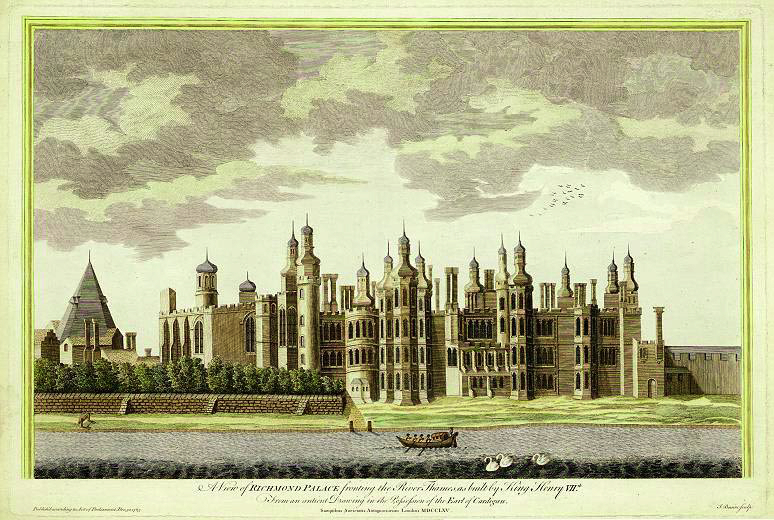
And over the gatehouse is the coat of arms of Henry, the Tudor roses beneath a shield with the Plantagenet arms, surmounted by the crown and supported by a dragon and a greyhound. The red dragon represents the Welsh ancestry of the Tudors, and the greyhound is a ‘Royal Beast’ first seen on the Great Seal of Edward III, then used by subsequent kings until the (Yorkist) Edward IV replaced it with a bull.
The greyhound (usually white with a red collar) became associated with the house of Lancaster, starting with John of Gaunt (Duke of Lancaster and son of Edward III), and thence his son John Beaufort, 1st Earl of Somerset and great grandfather to Henry. When Edmund Tudor was created Earl of Richmond he was granted permission by King Henry VI to use the greyhound in his Arms.
Thus for Henry Tudor the greyhound was an important symbol of his descent from the royal line and his claim to the throne. Greyhounds (and dragons) decorate his tomb in Westminster Abbey, and can be seen in St George’s Chapel in Windsor. The ‘White Greyhound of Richmond’ was one of ten sculptures called the ‘Queen’s Beasts’ that were commissioned for the entrance to the Abbey at Elizabeth II’s coronation in 1953.
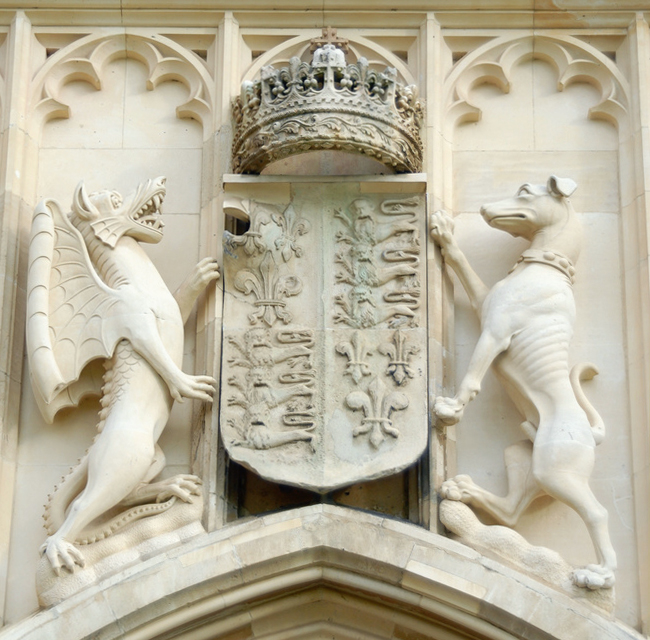
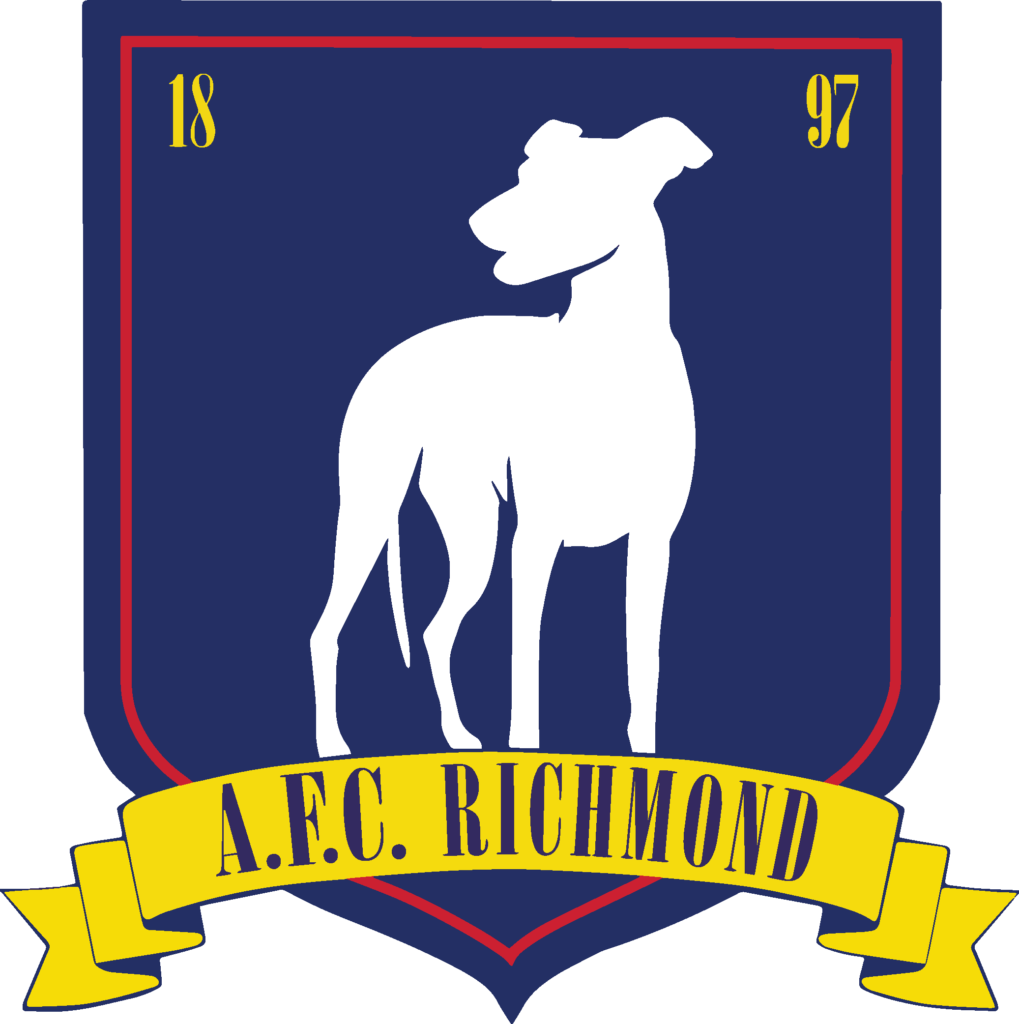
Ted Lasso fans will know that the (fictional) AFC Richmond are known as ‘the Greyhounds’ and have a white greyhound as the club badge. And Ted Lasso’s Richmond flat is less than five minutes walk from the Palace gates.
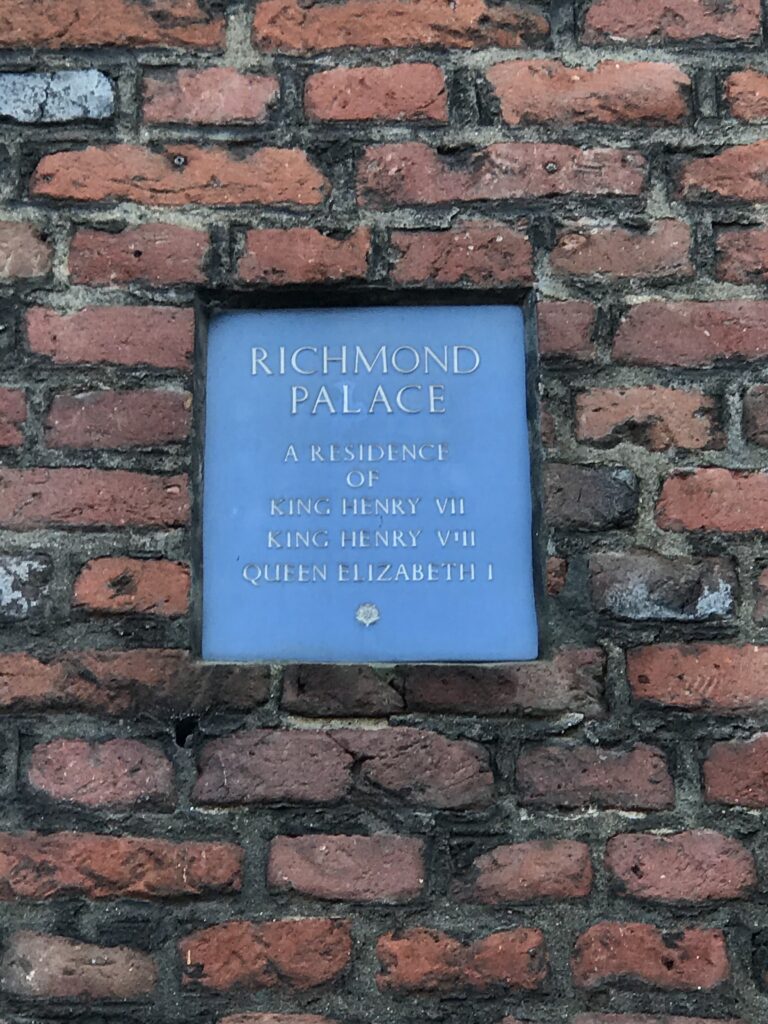
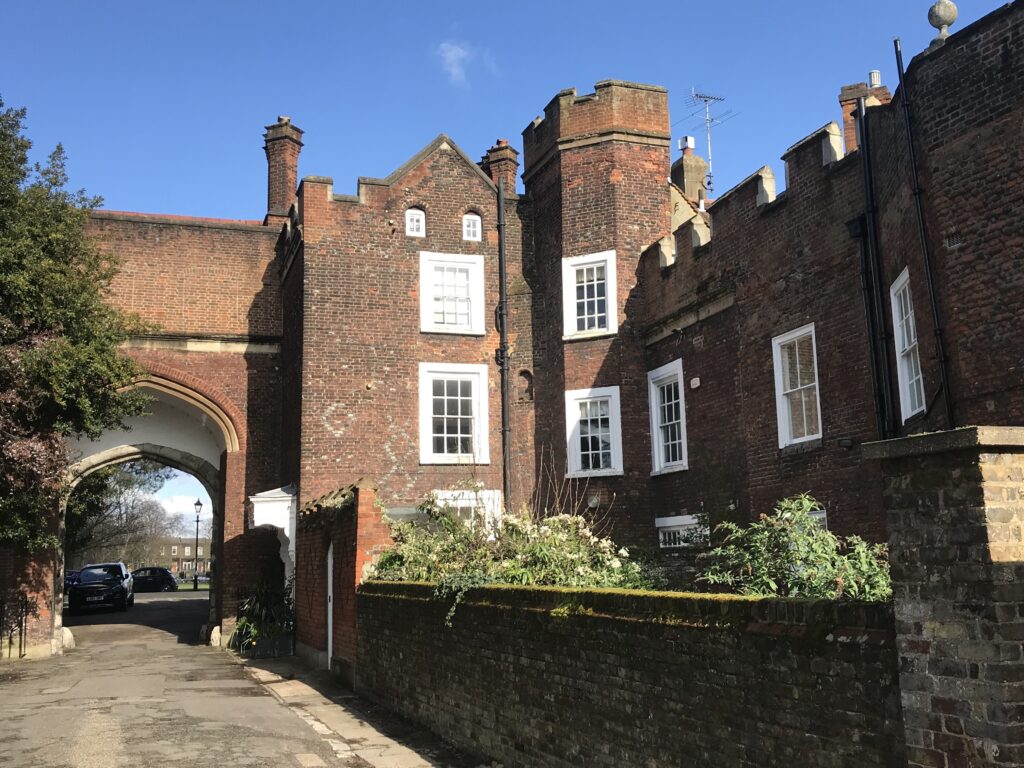
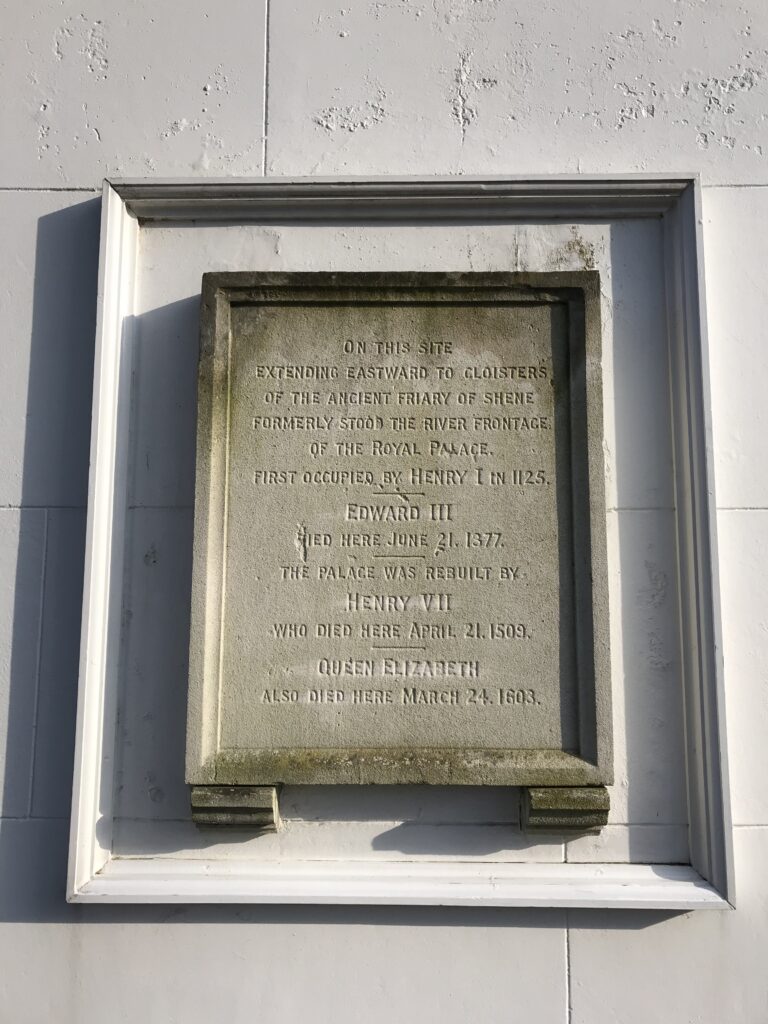
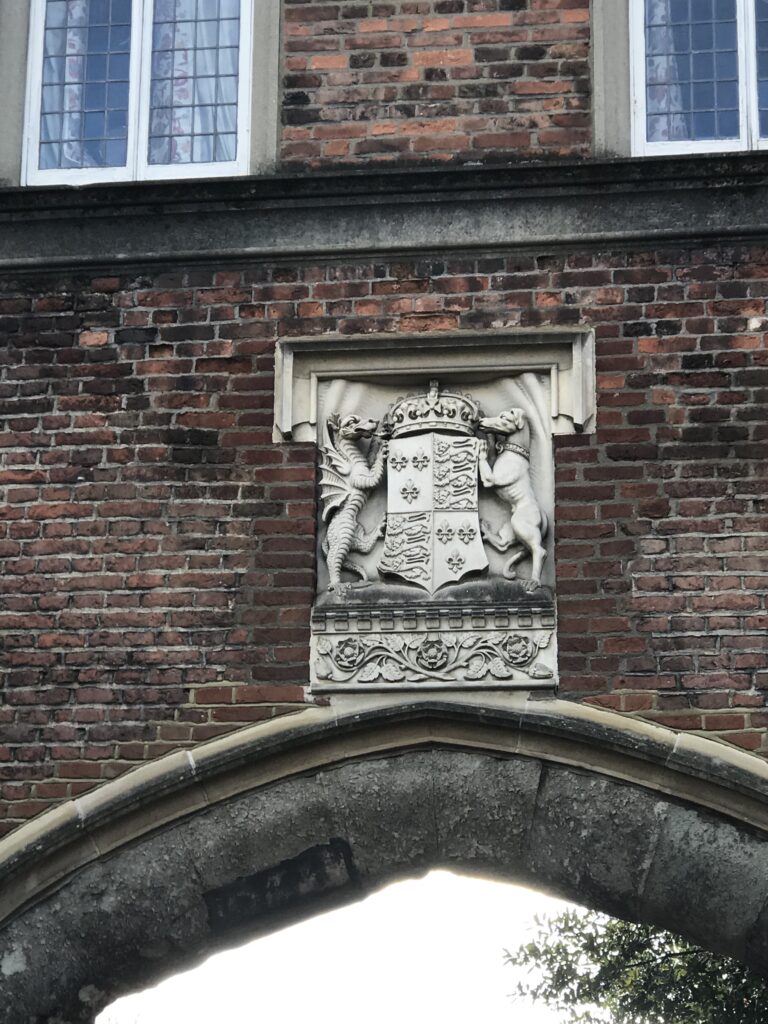


Dear Don,
as always I very much appreciate your knowledge and the way you connect objects/buildings to our everyday life.
I sent this post to my husband who is a fan of the Ted Lasso series.
Thank you!
All the best and I am always looking forward to the pictures you post on instagram,
Romy (dragonsherlock)